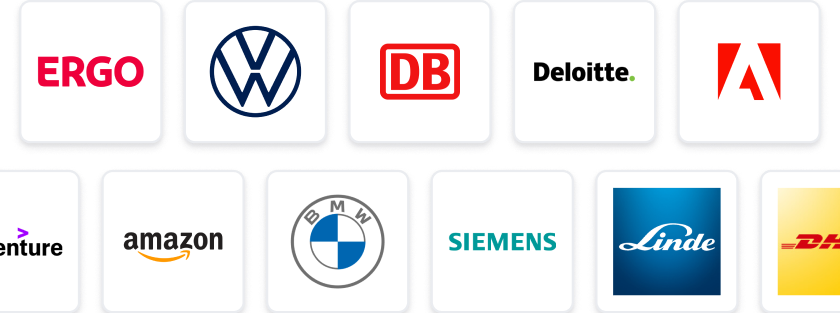At a Glance
- Tasks: As a Setting Out Engineer, you'll set out works and ensure accuracy in measurements.
- Company: Join a dynamic construction team in Worthing focused on quality and precision.
- Benefits: Gain hands-on experience with cutting-edge tools and work alongside skilled professionals.
- Why this job: This role offers a chance to impact projects directly while developing your engineering skills.
- Qualifications: You need at least 2 years of experience and proficiency with total stations and laser levels.
- Other info: A CSCS card is preferred, so get ready to make your mark in construction!
The predicted salary is between 36000 - 60000 £ per year.
Job Title: Setting Out Engineer Location: Worthing Responsibilities: * Set out works according to structural engineering drawings. * Ensure accuracy in measurements and levels. * Liaise with site teams and subcontractors. * Conduct quality checks and maintain site records. Requirements: * Minimum 2 years experience in setting out on construction projects. * Proficiency with total stations and laser levels. * Ability to interpret structural engineering drawings. * CSCS card preferred. Apply now
Setting Out Engineer employer: Maximus Solutions Ltd
Contact Detail:
Maximus Solutions Ltd Recruiting Team
StudySmarter Expert Advice 🤫
We think this is how you could land Setting Out Engineer
✨Tip Number 1
Make sure to highlight your experience with setting out on construction projects during any networking opportunities. Connect with professionals in the industry who can vouch for your skills and may even refer you to us.
✨Tip Number 2
Familiarize yourself with the latest technology in total stations and laser levels. Being able to discuss specific tools and techniques in detail can set you apart from other candidates.
✨Tip Number 3
Visit construction sites or attend industry events to gain insights into current practices. This will not only enhance your knowledge but also give you talking points during interviews.
✨Tip Number 4
If you have a CSCS card, make sure to mention it when you apply. If you don’t have one yet, consider obtaining it as it shows your commitment to safety and professionalism in the field.
We think you need these skills to ace Setting Out Engineer
Some tips for your application 🫡
Understand the Role: Make sure you fully understand the responsibilities of a Setting Out Engineer. Familiarize yourself with the key tasks such as setting out works, ensuring accuracy in measurements, and conducting quality checks.
Highlight Relevant Experience: In your CV and cover letter, emphasize your minimum 2 years of experience in setting out on construction projects. Provide specific examples of projects where you successfully applied your skills.
Showcase Technical Skills: Mention your proficiency with total stations and laser levels. If you have experience interpreting structural engineering drawings, be sure to highlight that as well.
Prepare a Strong Cover Letter: Craft a cover letter that not only outlines your qualifications but also expresses your enthusiasm for the role. Mention why you want to work as a Setting Out Engineer and how you can contribute to the team.
How to prepare for a job interview at Maximus Solutions Ltd
✨Know Your Technical Skills
Be prepared to discuss your experience with total stations and laser levels. Highlight specific projects where you successfully used these tools to ensure accuracy in measurements.
✨Understand Structural Drawings
Familiarize yourself with interpreting structural engineering drawings. You might be asked to explain how you approach setting out from these drawings, so practice articulating your thought process.
✨Demonstrate Communication Skills
Since liaising with site teams and subcontractors is key, think of examples where you effectively communicated on-site. Be ready to share how you resolved any issues that arose during a project.
✨Prepare for Quality Checks Discussion
Expect questions about how you conduct quality checks and maintain site records. Prepare to discuss your methods for ensuring work meets standards and how you document your findings.
